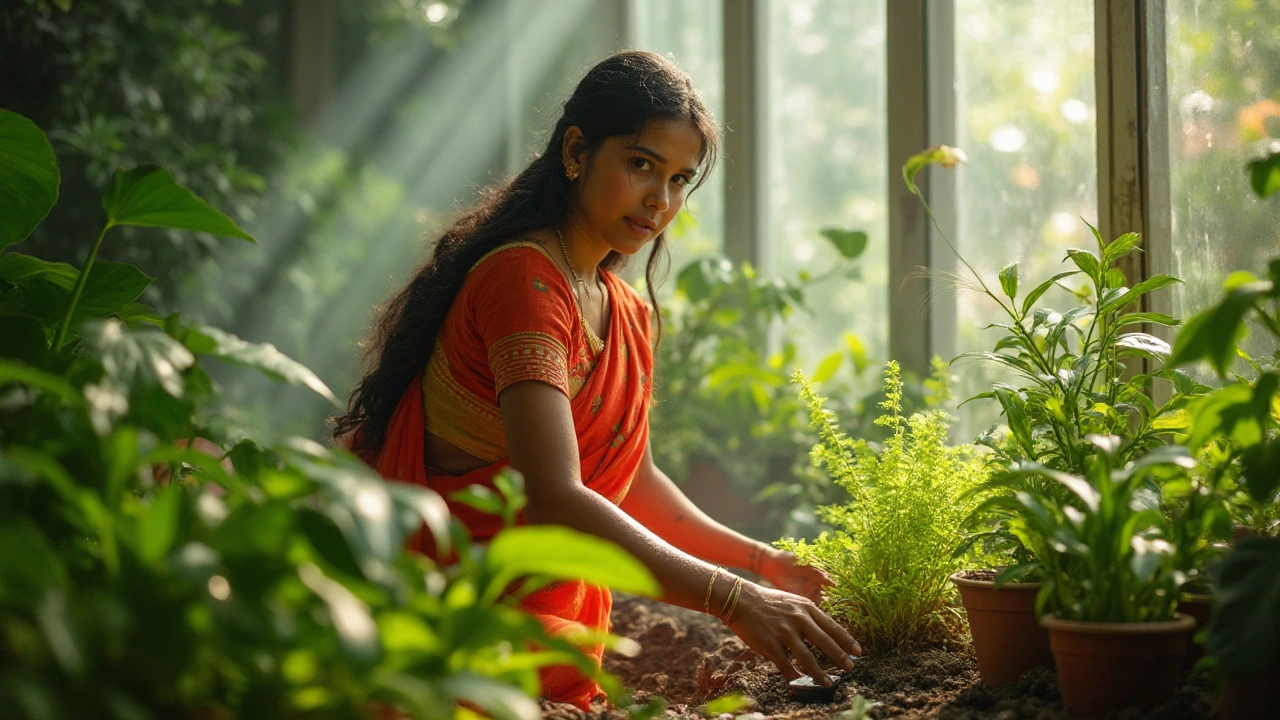Understanding the signs of overwatering is crucial for a thriving indoor garden. This article explores the symptoms to look for in overwatered plants, how excessive moisture affects plant health, and proactive measures you can take to ensure your plants stay vibrant and healthy. Tips will be shared on adjusting watering routines, identifying plant-specific needs, and improving drainage. Learn the secrets to maintaining a balanced environment for your beloved houseplants.
Overwatered Plant: How to Save It and Prevent Future Mistakes
When a plant starts looking sick—yellow leaves, limp stems, mushy roots—it’s easy to blame the weather, pests, or bad soil. But the real culprit? overwatered plant, a condition caused by too much water that suffocates roots and invites rot. Also known as waterlogging, it’s the number one reason indoor plants die, even when their owners think they’re being careful. You’re not alone. Most people water on a schedule, not by need. They water on Monday because they did last Monday. But plants don’t care about your calendar—they care about their roots breathing.
Roots need air just like your lungs. When soil stays wet for days, oxygen gets pushed out. The roots start to drown. Then fungi move in. That’s when root rot, a deadly fungal decay that turns roots brown and slimy sets in. Once it spreads, the plant can’t take up water or nutrients—even if the soil is wet. You’ll see the same signs as dehydration: wilting, dropping leaves, slow growth. That’s why guessing is dangerous. The fix isn’t more water. It’s drying out the soil, improving drainage, the ability of soil to let excess water flow away quickly, and learning how to read your plant’s signals.
What does a healthy root look like? White or light tan, firm, and smelling like earth—not sour or rotten. A healthy plant doesn’t need daily water. Most indoor plants thrive when the top inch of soil dries out between waterings. Use your finger. Stick it in. If it’s damp, wait. If it’s dry, water deeply until it drains out the bottom. Then empty the saucer. No exceptions. Pots without holes? That’s asking for trouble. Even the best soil can’t fix a pot that traps water. And don’t let your plant sit in a saucer full of water like it’s in a bath. That’s how root rot starts.
Some plants, like succulents or snake plants, can go weeks without water. Others, like peace lilies, will droop dramatically when thirsty—but bounce back fast after a drink. Learn your plant’s personality. Watch how it looks after you water. Note how long the soil stays wet. Keep a simple log: "Watered on the 5th, soil dry on the 12th." That’s all you need. You don’t need fancy meters or apps. Just your eyes, your fingers, and a little patience.
And if your plant is already showing signs of trouble? Don’t panic. You can save it. Take it out of the pot. Shake off the old soil. Cut away any black, mushy roots with clean scissors. Let the healthy roots air dry for a few hours. Repot in fresh, well-draining soil. Use a pot with holes. Water lightly. Then wait. Don’t water again until the soil is dry. It might take weeks for the plant to recover. But if you stop the overwatering, it often does.
The posts below show you exactly how to fix an overwatered plant step by step, what soil mixes work best, how to choose the right pot, and which common mistakes make things worse. You’ll also find real fixes for plants that look dead but still have a chance. No guesswork. No fluff. Just what works—in Indian homes, on balconies, in humid cities, and dry apartments. You’ve got this.
